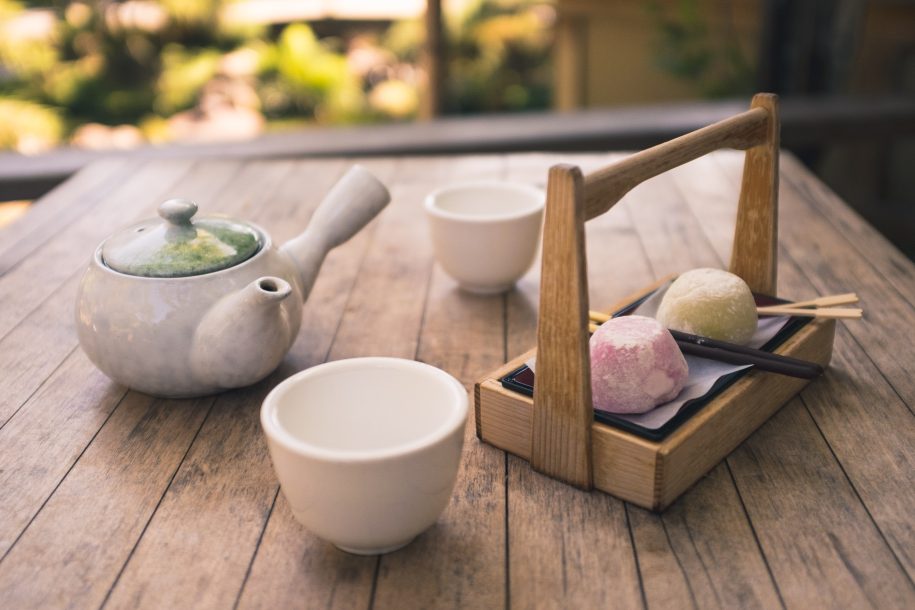The Japanese tea ceremony, known as “chanoyu” or “sado,” is an ancient cultural practice deeply rooted in Japan’s history and tradition. It is an exquisite ritual that combines the art of preparing and serving matcha, a powdered green tea, with elements of Zen Buddhism, aesthetics, and hospitality. Beyond a simple act of making and drinking tea, the Japanese tea ceremony is a profound experience that embodies harmony, respect, and tranquility. In this article, we will explore the essence of the Japanese tea ceremony, its significance in Japanese culture, and the profound impact it continues to have on people around the world.
- Origins and Historical Significance:
The Japanese tea ceremony traces its origins back to the 9th century, inspired by the Chinese practice of tea drinking. It gained prominence during the 16th century under the influence of the legendary tea master Sen no Rikyu, who refined the art and established the principles that continue to shape the ceremony to this day. Rikyu’s teachings emphasized simplicity, purity, and mindfulness, reflecting the Zen Buddhist ideals that value harmony, tranquility, and the appreciation of the present moment.
- Tea Houses and Gardens:
Central to the Japanese tea ceremony is the tea house, or “chashitsu,” and the surrounding tea garden, or “roji.” These spaces are meticulously designed to create an atmosphere of serenity and to evoke a sense of harmony with nature. Tea houses are typically small, with low entrances and minimalistic interiors adorned with traditional elements such as calligraphy, flower arrangements, and tea utensils. The tea garden serves as a transitional space, allowing guests to detach from the outside world and prepare their minds for the ceremony.
- Rituals and Etiquette:
The Japanese tea ceremony follows a precise sequence of actions and gestures, each carrying its own symbolic meaning. The host, often a trained tea master, meticulously prepares the matcha tea using traditional utensils such as a bamboo whisk, tea scoop, and a ceramic tea bowl. The process involves specific movements, from purifying the tea utensils to whisking the tea in a precise manner, all while maintaining a focused and meditative mindset. Guests, known as “chashou,” also play an active role by observing the host’s actions, appreciating the beauty of the tea utensils, and expressing gratitude for the experience.
- Principles of Harmony and Respect:
At the heart of the Japanese tea ceremony are the principles of harmony, respect, purity, and tranquility. The ceremony provides a sacred space for participants to connect with one another, appreciate the beauty of simplicity, and find inner peace. Every aspect of the ceremony, including the choice of tea utensils, the arrangement of flowers, and the mindful interactions between the host and guests, reflects a deep reverence for nature, art, and human connection.
- Influence and Modern Adaptations:
While the Japanese tea ceremony remains firmly grounded in tradition, it continues to evolve and adapt to the modern world. Today, tea houses and tea gardens can be found not only in Japan but also in various countries around the globe. The ceremony’s emphasis on mindfulness and tranquility has resonated with people seeking respite from the fast-paced nature of modern life. Many individuals have embraced the art of tea making as a form of relaxation, meditation, and cultural exploration.
Conclusion:
The Japanese tea ceremony represents a profound synthesis of aesthetics, spirituality, and human connection. Its rich history and timeless principles continue to inspire and captivate people worldwide. By partaking in this ancient ritual, individuals can cultivate a deeper appreciation for the present moment, find harmony in simplicity, and forge meaningful connections with others. The Japanese tea ceremony serves as a powerful reminder


Leave a Reply